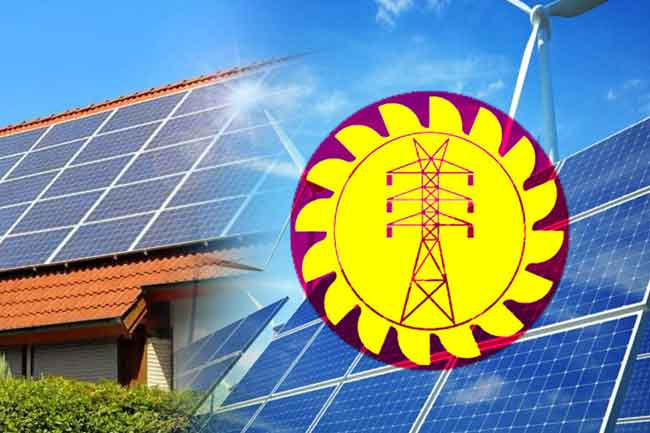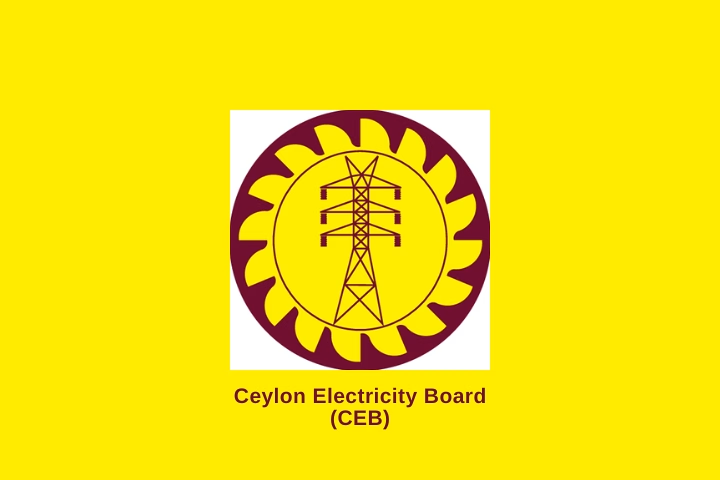CEB calls for collective action to temporarily pause rooftop solar to protect grid stability

The Ceylon Electricity Board (CEB) has reiterated its appeal to all rooftop solar system owners across Sri Lanka to voluntarily switch off their solar PV systems during daytime hours, from 9.00 a.m. to 3.00 p.m., until April 21, 2025.
Issuing a statement in this regard, the CEB emphasized that this request was made with the utmost concern for the safety and stability of the national power grid during the Sinhala and Tamil New Year holiday period. It said sunny conditions have led to high production from rooftop solar at a time when customer demand is at its lowest, creating serious risks to grid stability.
To provide a better understanding of the situation, the CEB has outlined the technical challenges in simple terms:
According to the statement, when electricity demand drops significantly — as it does during the long April holidays — and sunlight is abundant, Sri Lanka’s power system, much like in any other country, faces this challenge:
Here’s what happens
• Too much solar power floods the grid during the daytime.
• Demand (usage) is very low, especially with most factories and offices closed.
• To balance this, the CEB shuts down large power plants such as hydro, coal, and other thermal plants.
• However, the CEB cannot control the production from rooftop solar PV systems unless customers shut them down.
• The larger power plants provide a critical service to the grid called “inertia,” which helps keep the electricity frequency stable. Solar PV systems cannot provide this assurance to the grid.
Explaining further about ‘Inertia,’ the statement said, Inertia is primarily provided by the spinning mass of large generators. It helps the grid resist sudden changes in power. Without adequate inertia, even a small glitch can cause voltage or frequency problems, leading to partial or total blackouts.
The statement further explained the importance of managing the system’s inertia. A table comparing the estimated customer demand and electricity generation at 12.30 p.m. on April 11 and 12 — versus a typical weekday — highlights how stable or unstable the grid would be under different conditions. It also shows how the CEB managed the situation on April 12, and what the system’s inertia level would have been without these interventions.
During this period, demand on the national grid reduced to as low as 1550 MW in the morning hours. Simultaneously, a surge in solar generation forced the CEB to shut down large synchronous generators, such as hydro and thermal plants, which are crucial for grid stability. On April 12, the CEB took proactive steps to stabilize the national grid by carefully managing the electricity supply.
These measures ensured that the grid’s inertia — a critical stabilizing force provided by traditional power plants like hydro and thermal — remained at 56%, a level sufficient (though not ideal) to prevent a sudden grid collapse. Without this intervention, inertia support would have plummeted to 34%, a dangerously low level where even minor disruptions could trigger widespread blackouts. This highlights how the CEB’s actions safeguarded the grid during a vulnerable period and underscores why continued public cooperation is essential to avoid similar risks during the remaining days of the New Year holidays.
In its statement, the CEB further explained the necessity of temporarily curtailing rooftop solar generation:
• All rooftop solar systems cannot be seen or controlled by the CEB control center.
• They operate automatically based on sunlight, not actual electricity demand from customers.
• When demand is low and solar output is high, conventional power plants are forced offline, making the grid unstable.
Until Battery Energy Storage Systems (BESS), water batteries, and grid-forming inverters are widely deployed, Sri Lanka’s grid must rely on large synchronous machines to supply inertia and ensure stability. At present, Sri Lanka does not have sufficient BESS or advanced solar inverters that can provide this support.
Sri Lanka has over 7 million electricity customers. Only about 100,000 are rooftop solar owners. But when the grid becomes unstable, everyone is at risk.
In light of this situation, the CEB kindly appeals to all solar PV system owners to voluntarily switch off their systems each day from 9.00 a.m. until 3.00 p.m., allowing the grid to remain stable and protected during this critical period.
As a courtesy, the CEB said it will send individual SMS reminders to all solar PV customers.

